



Learning Intention:
We are learning to identify important ideas and information and organise them in summary form to use as background knowledge.
- SC1: I can find important ideas and information and collect them in an organised way.
- SC2: I can identify important ideas in a text and report them in an organised way, either orally or in writing
- SC3: I can find important ideas and information, I can organise them in summary form and I can use them for background knowledge in order to remember them for discussion.
- SC4: I can find important ideas and information, I can organise them in summary form and I can use them for background knowledge in order to remember them for discussion and further learning.


Watch the video below:
Activity:
- Read a chapter of your group text.
- Summarise what you have read using the SBWST (Somebody, Wanted, But, So, Then) proforma. You can print this proforma using the link below or write your summary in your Homework book.
- Finally, Write it out – Write a summary paragraph using the SWBST information you filled out on the worksheet.
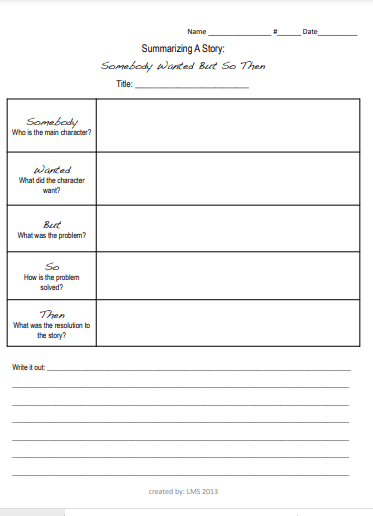
Click here to print SomebodyWantedButSoThen Worksheet

Learning Intention:
We are learning to write a 90 second speech using the persuasive writing structure.
We can:
- Write 3 body paragraphs that include correct sentence structures
- Include an opinion sentence that also restates the topic (Burger Bun)
- Include 3 strong supporting details and elaborations (Burger toppings)
- Include a concluding sentence that links back to the opening sentence
- Include persuasive sentence starters and words (such as “I strongly believe”)
- Use emotive language
- Use strong vocabulary
Structure of Body Paragraph: Please look closely at each step BEFORE you begin writing.
First sentence: Connective, I sentence starter, restate topic, state YOUR opinion
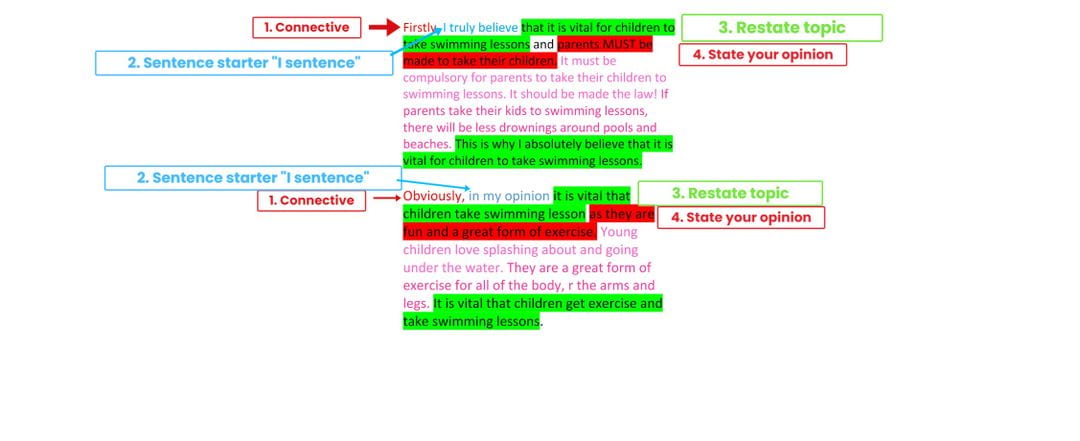
Sentence 2-3: Next include your reasons: 2-3 sentences
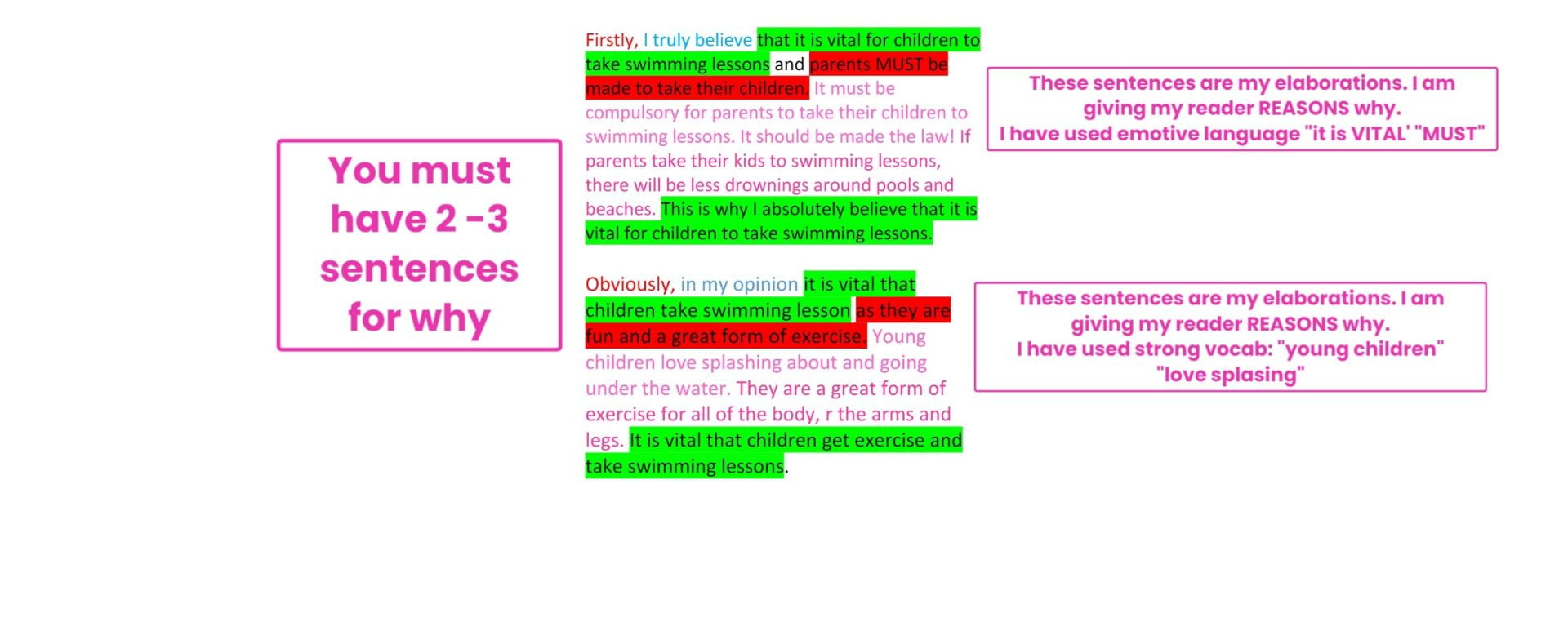
Closing Sentence: You must restate the topic and connect to your first sentence, Don’t forget the bottom burger bun.

Today’s Task: Follow the structure above very carefully. Write your 3 body paragrahs. Do not forget CAPITAL LETTERS AND FULL STOPS before you hand it in!
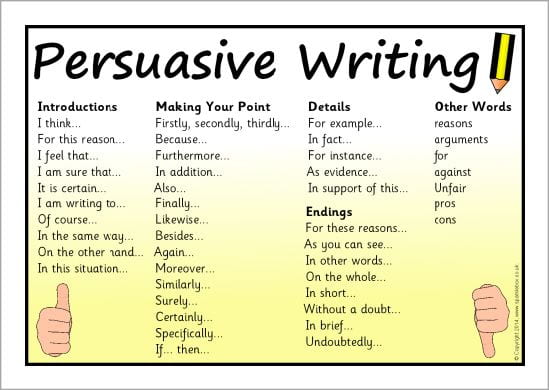




Practice your Counting Goal for 5-10 minutes first – to warm up the brain!
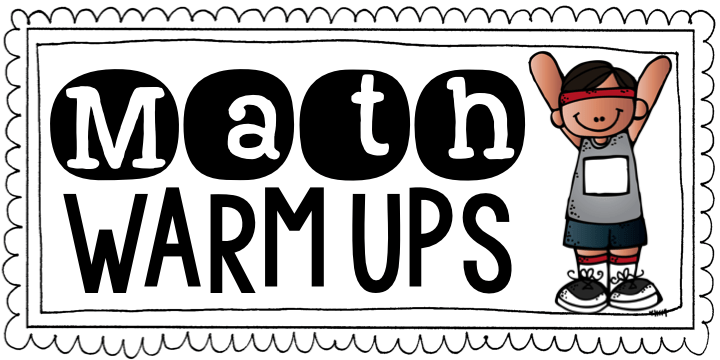
Warm Up Activity – Dice/Card War (for extra fun, play against a family member)
Flip over 2 cards at the same time, eg: Player One flips a “7” and Player Two flips a “2” so 7 x 2 = 14. The first player to say the answer, eg: “14” keeps both cards in a separate pile. The game is over when all cards have been flipped (from both players starting piles). The winner is the player who answered more questions correctly (they should have a larger pile of ‘won’ cards).
THURSDAY ACTIVITY => CHOICE (PLEASE ONLY PICK 1..)
OPTION #1 MULTIPLICATION WORD PROBLEMS
OR
OPTION #2 MULTIPLYING INTEGERS
OPTION 1 THURSDAY LESSON = MULTIPLICATION WORD PROBLEMS
(please continue down further for Option 2 – Multiplying Integers)
Learning Intention – We are learning to solve multiplication word problems. These word problems can have more then one ‘step’ to work out the correct answer.
Success Criteria – I can use the ‘CUBES’ strategy to identify all the useful information in a word problem, and eliminate anything I don’t need to solve the answer.
Please watch the video below to refresh your memory on the CUBES strategy, BEFORE starting the activity.
Now that you have watched the video, please complete the activity below. YOU DO NOT have to write out the entire question, just the question number and show all of your working out.
ACTIVITY 1 = multiplication word problems
The answers have also been provided so you can check your work. Your teacher should be able to follow your ‘working out’ and see how you arrived at the correct answer.
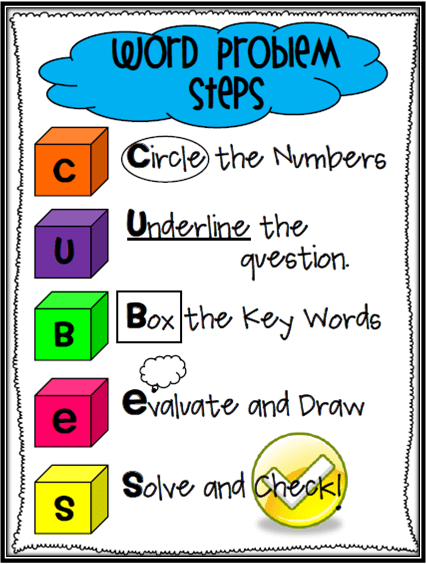

When you have finished the multiplication word problems, please go onto IXL.
C2 Multiplication facts to 10: word problems
C10 Multiply by one-digit numbers: word problems
C29 Multiply by two-digit numbers: word problems
C31 Multiply three or more numbers: word problems
OPTION 2 THURSDAY LESSON = MULTIPLYING INTEGERS
Learning Intention – We are learning to solve sums involving the multiplication of positive and negative numbers (integers).
Success Criteria – I can multiply the digits in an integer question. I can use the rule to work out if the answer is positive (+) or negative (-). I can understand why the answers are positive and negative when I multiply them together.
Please watch the video below to refresh your memory on how to multiply integers together. It is very basic – but does the job.
Now that you have watched the video, please complete the activity below. Please remember to show all working out.
The answers have also been provided so you can check your work. Your teacher should be able to follow your ‘working out’ and see how you arrived at the correct answer.
If you are still a bit confused, that’s ok! Check out this website for a different explanation.
Activity 2 – multiply integers
The video below is possible the best one I have found to explain WHY integers are positive or negative when we multiply them together. **APPLAUSE HERE**

When you have finished the multiplication word problems, please go onto IXL.
C14 Integer multiplication rules
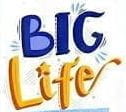
Today we will have a BIG LIFE WebEx Metting, at 10:15am. Please click on the link below to enter the meeting.
Big Life 4/5/6 WebEx
Activity:
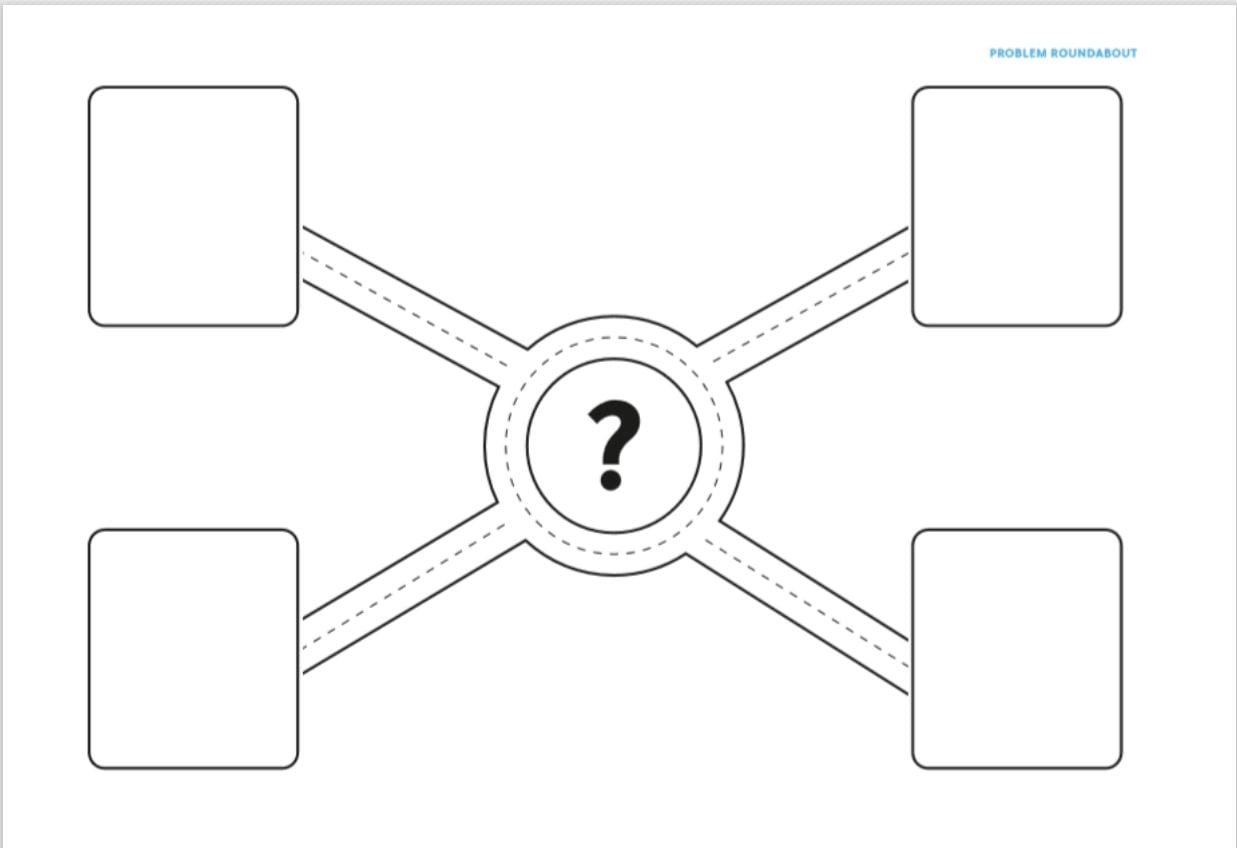
- Choose your own problem. It could be a real life problem or a challenging situation you have seen someone else go through. If you can’t think of one, you could choose one of the following problems:
- You have an argument with a friend.
- You accidentally broke something valuable at home.
- You see someone being bullied.
- Write the problem in the middle (on the roundabout)
- Write a possible solution to the problem along each road.
- Write 2 positives and 2 negatives of each possible solution in the boxes.
- Circle the solution you would most likely choose first.
